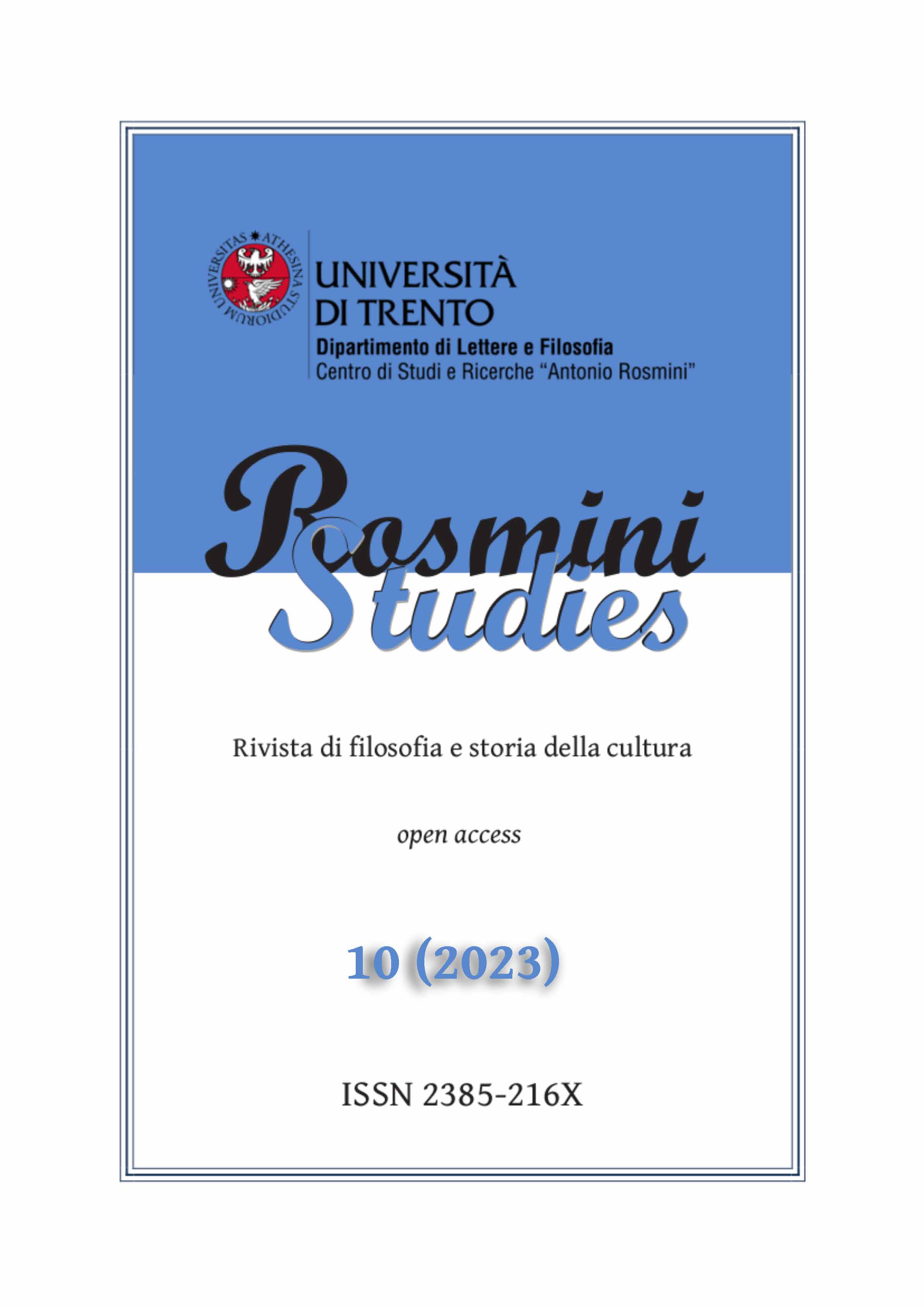Embodiment and Private Languages: the Proper Task of an Articulate Architecture
DOI:
https://doi.org/10.15168/2385-216X/2673Abstract
This paper examines what is entailed for architects who seek to create a “homely” environment. That may have been architects’ aim in domestic design for many years, but more recently critics have referred to the work of perception psychologists and claimed that neuro-aesthetics could provide a scientific justification for those earlier intuitions, such as we find in the work and writings of the Arts and Crafts architect M. H. Baillie Scott. He maintained that people “see” certain kinds of space as cosy and that the task of the architect is to respond to that. I suggest a connection to the later work of Ludwig Wittgenstein, who noted that when we say “I see what you mean”, we agree to play a “language game” – in which the conventions are understood so they cannot be private. Architects have often described how buildings convey meanings with a linguistic analogy and, in exercising their art, style can also be understood as a kind of game, as the work of Baillie Scott’s more famous contemporary Edwin Lutyens illustrates. The game of style, however, as association and formal manipulation, is a reductive understanding of the process of design, which is more to do with “play” in a deeper psychological sense. What kind of game an architect chooses to play is at root, an ethical decision. Wittgenstein, himself the architect of two houses, had a scrupulous sense of what could be truthfully ‘said’, believing the deepest truths could only be ‘shown’. Eventually architects’ work shows where they stand.
##submission.downloads##
Pubblicato
Fascicolo
Sezione
Licenza
Copyright (c) 2023 Rosmini Studies

Questo lavoro è fornito con la licenza Creative Commons Attribuzione - Non commerciale - Non opere derivate 4.0 Internazionale.



